The vehicle is a rather complex device, the design of which includes a mass of various mechanisms and elements. In the course of work, all its components interact with each other, which is why friction appears. The duration of this process, over time, is able to cause damage to the component of the same node, therefore, in order to avoid such a scenario, various lubricants are used in mechanical nodes. These compositions include transmission oil, mainly used to lubricate the elements of the transmission of the car and steering mechanisms. About this further in the article.
Content
- Transmission oils, application, which requirements are imposed on transmission oils
- What is the main criterion for selecting transmission oil
- Mineral transmission oil, dignity and disadvantages
- Synthetic transmission oil, dignity and disadvantages
- The viscosity of the transmission oil, the role of the viscosity of the oil at different temperature modes
- Frozen temperature of transmission oils
- Classes of transmission oils
- What a transmission oil on the API marking is suitable for most cars
- Transmission oil for automatic transmission, whether it is suitable for manual transmission
- Tips Prof.
Transmission oils, application, which requirements are imposed on transmission oils
Transmission oils are used in the following vehicle nodes:
- Transfer case.
- Transmission.
- Leading and intermediate bridges.
- Racred and worm gears of steering.
Transmission oils are designed to perform the following functions:
- Toping heat from friction surfaces.
- Prevent depreciation of friction surfaces and reduce friction loss.
- Reduced shock loads on gears, noise and vibrations.
- Protection against corrosion and removal of wear products from friction areas.
The following requirements are presented to transmission oils:
- Deficiency.
- Low fire hazard.
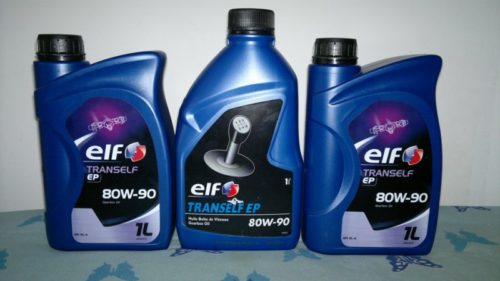
- Optimal antipaic properties.
- Stability when applying and stored.
- Good lubricating properties that do not destroy rubber products and do not cause corrosion.
- Low frosted temperature.
- Good temperature and viscous characteristics.
What is the main criterion for selecting transmission oil
Transmission oils, first of all, classified by viscosity level (SAE). In addition, the level of compliance with the conditions under which the vehicle is operated (by APL) has great importance.
SAE transmission oils are divided into three categories:
- All-season transmission oil (80W-140, 75W-90).
- Summer transmission oil (250w, 140w, 90w, 85w, 80w).
- Winter transmission oil (85W, 80W, 75W, 70W).
According to APL, transmission oils are divided into seven groups, but the most common are the following:
- GL-4 - is well suited if the transmission is operated under conditions of small loads.
- GL-5 - is intended only for rigid operating conditions of transmission.
Mineral transmission oil, dignity and disadvantages
Advantages of mineral transmission oils:
- Efficiency.
- High solubility.
- Low cost.
- Protection against the appearance of lacquer products.
The lack of mineral transmission oils is thick at low temperatures.
Synthetic transmission oil, dignity and disadvantages
Benefits of synthetic transmission oils:
- Hydrolytic stability.
- The optimal range of operating temperatures.
- Saving fluidity at low temperatures.
- High viscosity index.
- Hydrolytic stability.
Disadvantages of synthetic transmission oils:
- Next to the appearance of side lacquer products.
- Low solubility of additives.
- Relatively high cost.
The viscosity of the transmission oil, the role of the viscosity of the oil at different temperature modes
The optimal viscosity of the transmission oil affects its ability to continuously and uninterruptedly lubricate the surface of the mechanisms, as well as the locations of the elements of each other. It is these technical characteristics of a transmission, as the load on the teeth and the slip speed determine whether the fluid of viscosity should be applied. Indeed, in conditions of an increase in viscosity, lubricating oil properties may worsen. Also viscosity affects the service life of elements - the oil with the required viscosity significantly extends their lives.
The oil with the required viscosity characteristics provides the possibility of a vehicle to touch from the place at low air temperature, can reduce hydraulic losses, reduce fuel consumption and increase the transmission efficiency. If the viscosity of the oil is not suitable, then breakdowns of the details of the clutch and gearbox are possible.
Frozen temperature of transmission oils
The temperature of the simplicity of transmission oils is the temperature, in which the oil actually completely loses the mobility (fluidity). As a rule, summer transmission oil is frozen at temperatures -5 degrees Celsius, and winter - at 20 degrees.
Classes of transmission oils
To date, there are a number of transmission oil classifications abroad. The most famous of them are API and SAE. In our country, for separation of operational groups and viscosity classes, as well as to establish standard designations, GOST-17479.2-85 is used. Under this standard, transmission oils depend on the value of viscosity under a temperature of 100 degrees Celsius are divided into 4 classes - 9, 12, 18, 34, and according to possible areas of use and level of operational properties - by 5 groups: 1, 2, 3, 4 , 5.
What a transmission oil on the API marking is suitable for most cars
The advanced marking APIs are the following classes - GL4 and GL5. These presented strict requirements for anti-wear and antisaded properties. For modern cars, it is necessary to fill a transmission fluid with a marking of at least GL4, and for the newest foreign cars - GL5.
Transmission oil for automatic transmission, whether it is suitable for manual transmission
Oils for automatic transmissions are very different from oils for "mechanics", since they are presented with special requirements for foaming and viscosity. The most important thing is foaming. Oils for "automata", in contrast to "mechanics," do not have complex international standards. Leading automotive manufacturers have developed their own requirements and classifications. In addition, ATF (oils for automatic transmission) have one feature. To accidentally not apply them on the "mechanics", for which they are in principle are not intended, they are specifically coloring with a noticeable color, as a rule, red.
Tips Prof.
To give preference to one or another transmission oil follows from technical documents to the car. It is worth noting that on many cars the period for replacing the oil in the gearbox is equal to the life of the most power unit itself. But, it is desirable to change the transmission oil at least once every 5-6 years.
Related Materials
- Stove 2110, bad warm stove 2110, VAZ 2110 heating system, repairing the heating system VAZ 2110 with their own hands
- VAZ 2114 stove blows with cold air, stove 2114, bad warm stove VAZ 2114, device and repair of heating VAZ 2114 do-it-yourself, removing the stove VAZ 2114
- How to subdominize the car. How to put a jack. Types of jacks for cars.
- VAZ 2109 Fuse Block, VAZ 2109 Fuse Block Carburetor, VAZ 2109 Fuse Block Injector, Old VAZ 2109 Fuse Block, VAZ 2109 Fuse Block, VAZ Fuse Block 2109
- Car exhaust gas catalyst, faulty catalyst, pluses and cons of the catalyst, how to change the catalyst for the planeencitel
- Stove blowing cold air VAZ 2114, badly blowing the stove VAZ 2114, why badly blowing the stove VAZ 2114
- How to find out the owner of the car by the number of his car, check the car by the number of the traffic police machine, check the car by the state number of the car for free
- How to choose Used tires, Useful Tips
- Winter car road, pressure in passenger car tires in winter, good battery for the car in winter, whether to warm the car in winter
- In winter, the car is poorly started. How to make a car in winter, do you need to warm up the car in winter, useful tips
- Economy fuel consumption machines, the most economical car consumption
- Tires brands for passenger cars, labeling of car tire labeling, residual passenger car tire protector, how to pick a tire on a car brand, car tire tread pattern
- Working transmission operation, mechanical gearbox clutch work, driving with manual gearbox, useful tips
- Rear beam Peugeot 206 sedan, rear beam device Peugeot 206. Rear beam Peugeot 206 Malfunction, repair of the rear beam Peugeot 206
- Diesel fuel in winter, additive for diesel fuel in winter, how to choose the best diesel fuel
- Diesel winter does not start. How to start diesel in winter, heating diesel in winter.
- Japanese bridgestone tires, winter studded bridgestone tires, bridgestone tires brand
- Tire marking decoding for passenger cars, labeling wheels, how to choose the right tires on the disks
- Diesel engine in winter, launch of the diesel engine in winter, what oil to fill in a diesel engine in winter, useful tips
- LED backlight of the car, the backlight of the bottom of the car, the backlight of the legs in the car, the backlight in the door of the car, the backlight of the car is fine
- Recovered tires, bus tire, restored tire protector, can I use them
- Choose winter tires, which is a winter tires, which pressure in winter tires should be marked with winter tires, how to choose the right winter tires, the best winter tires 2019
- Steering rail rail, knock of steering rack, reasons for the knock and repair of the steering rack do it yourself
- Cameless car tires, a set for repair of tubeless tires, repair of the cannon-free tire do it yourself
- Russian tires, Russian tires Winter, Russian All-season tires, Voronezh AMTEL tires, Tires "Matador Omsk Tire", Kama-tires are world-class bus
- How to open a car without a key. Lost the key from the car what to do, the key from the car inside the car
- Silent tires, quiet winter tires, quiet studded bus, which tires to choose, overview tires
- Tires and safety, safety of the bus, why it is necessary to constantly monitor car tires
- Rules of safe driving of the car in the rain and slush, safe driving of the car for beginners
- Rust converter which is better for cars, rust converters to choose how to use rust transducer, professionals
- Polishing the body of the car do it yourself, how to choose a polishing paste, useful tips
- Engine durability, engine life, how to extend engine life
- Knock in the car. Knock when moving the car. What can knock in the car. How to determine the cause of the knock.
- ABS car, what is ABS car, ABS system malfunction, ABS diagnostics
- Overtaking a car when you can start overtaking a car, rules of traffic rules
- Fuel pump VAZ 2110, VAZ 2110 gas station scheme, VAZ 2110 fuel pump device, VAZ 2110 gas station repair,
- Automotive antennas for radio, automotive antenna device, car antenna do it yourself
- Front suspension Kalina, device front suspension Kalina, knock in front suspension Kalina, repair of front suspension Kalina
- Shock absorber Oil, best oil shock absorbers, pumping oil shock absorbers, how to properly pump oil shock absorber
- Clutch malfunctions, touches clutch, causes a clutch malfunction, how to eliminate

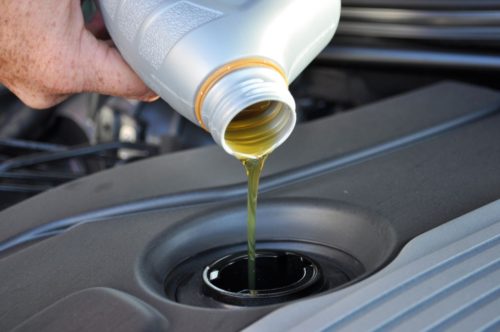
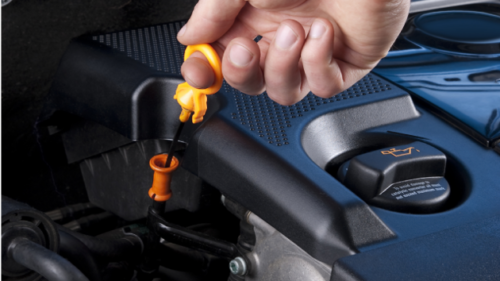
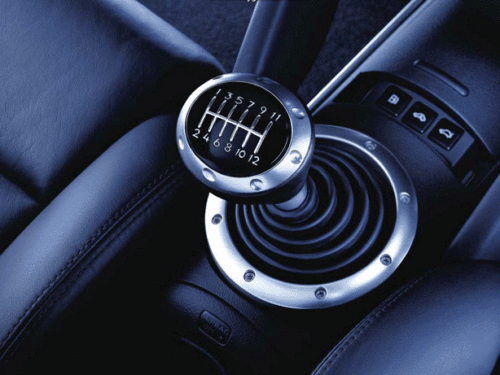
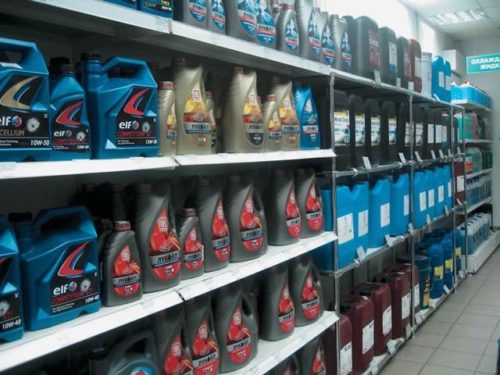

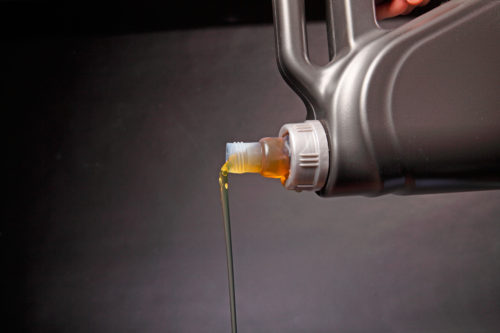
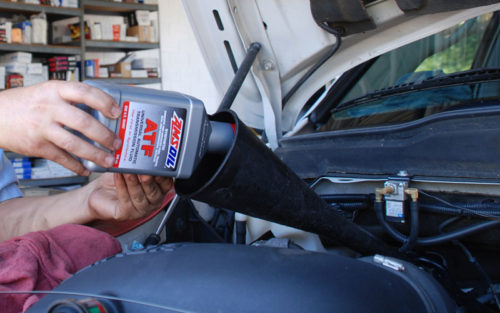
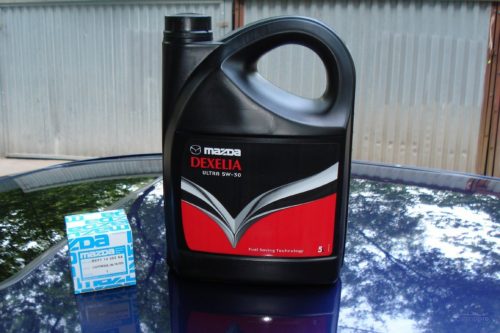

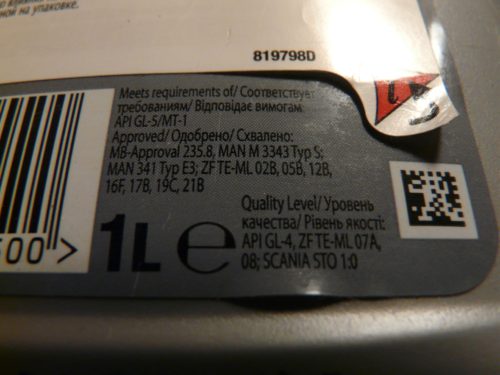
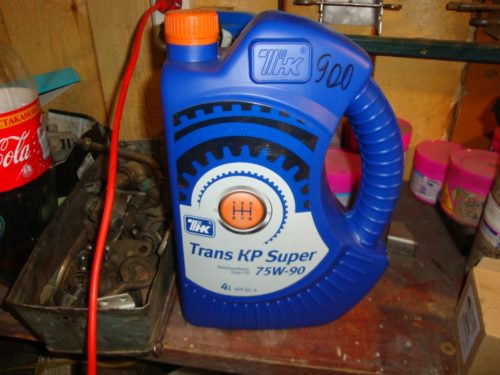






Comments